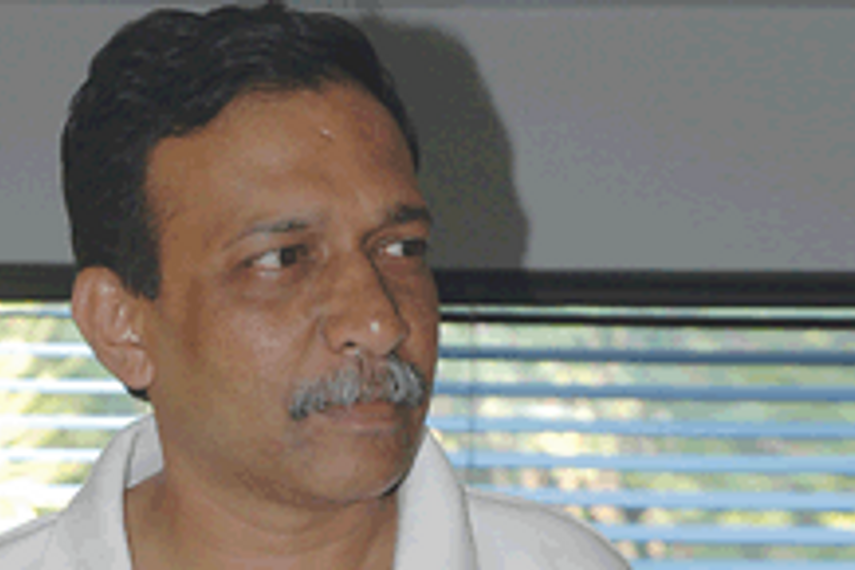
During the last assembly elections in Maharashtra, I was fortunate to be permitted by two candidates to sit in on all their strategy sessions.
Unfortunately, there was hardly any strategy involved in their discussions.
I wanted to see if there was any science in what they were doing.
There wasn’t.
To me, voter targeting was all science. If you applied science and mathematics, you could improve your chances of winning manifold.
First, let us understand that the whole game, thanks to the Election Commission, is about the management of finite resources.
There is only so much money you can spend, only so many days of campaigning, only so many vehicles allowed, only so many volunteers and so on. And thanks to the media and the Election Commission, it is increasingly difficult to cheat.
One would think, therefore, that all candidates would try and maximize the returns on the resources that they have.
Last week, I attended GroupM’s Choreo Awards. Each category had two awards: One decided by the jury and the other decided by popular vote.
GroupM has close to 1,000 employees in India.
Guess how many voted in the popular category? If memory serves me right, the number was 538.
Each category had six candidates at the least. If 538 votes were cast, it is completely possible that a winner got no more than 100 votes.
That’s out of an electorate of 1000. Ten per cent is all that was required to win.
It’s no different from the elections. If an assembly constituency has an electorate of 1,00,000 (many have less) and a voter turnout, historically, of 50% and sees 10 candidates in the fray, you could have a winner with just over 5,000 votes – that’s 5% of the electorate.
All one has to do, in theory, is to forget about the 50% who won’t vote and focus all your resources on the balance.
Of course, it requires a lot of work.
Break up the voters into these categories:
1. Those who will not vote
2. Those who will vote and will vote for you
3. Those who will vote and will vote for your opponent
4. Those who will vote and are undecided about who to vote for
5. Those who may vote and, if they vote, will vote for you
6. Those who may vote and, if they vote, will vote for an opponent
7. Those who may vote and, if they vote, are undecided who to vote for
It’s obvious that you don’t have to worry about categores 1, 3 and 6
Put all your energies into categories 2,4,5 and 7.
Well, that’s interesting theory.
And let’s take it to our world.
You are a manufacturer of, say, shampoo.
And you break up your prospects into:
1. Those who will not buy shampoo
2. Those who will buy shampoo and will buy your brand
3. Those who will buy shampoo and will buy a competitive brand
4. Those who will buy shampoo and don’t know which brand to buy
5. Those who may buy shampoo and will buy your brand if they do
6. Those who may buy shampoo and will buy a competitive brand if they do
7. Those who may buy shampoo and don’t know which brand to buy
Take category 1. Those who will not buy shampoo. Why not? Because they do not know what shampoo is? What shampoo does? Because they cannot afford shampoo?
And it takes Velvette and Chik shampoo from Chennai to create a market for shampoo where none existed. A large demographic which would have been in category 1 (because they could not afford it) moved to category 4 and then, to category 2. That’s powerful – and rewarding.
If you went back a few years and thought of the possible universe of mobile phone users you would be a few 100 million short of today’s figure. The drop in the prices of handsets, in the cost of the service itself, and in the affordability of the recharge options moved hundreds of millions from category 1 to category 4. That’s powerful.
And then it’s up to the creatives to move them from category 4 to category 2.
It takes a lot of work. Like the elections, there are targets to reach and finite resources with which to reach them. Like the politicians that I saw up-close and personal, you can ignore all the opportunities and data.
But if you do it right and win, you make a lot of money. And build brands.


.jpg&h=268&w=401&q=100&v=20250320&c=1)
.jpg&h=268&w=401&q=100&v=20250320&c=1)
.jpg&h=268&w=401&q=100&v=20250320&c=1)
.jpg&h=268&w=401&q=100&v=20250320&c=1)
.png&h=268&w=401&q=100&v=20250320&c=1)



